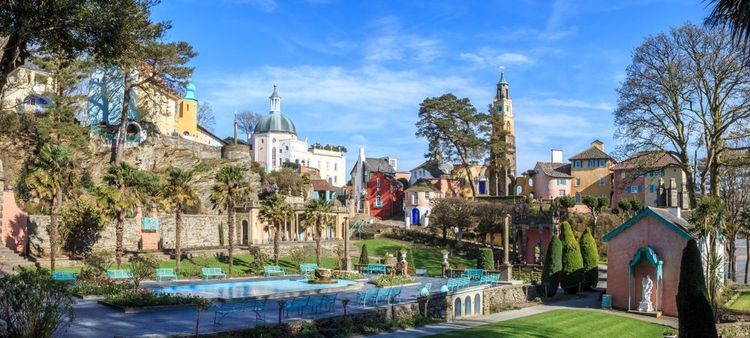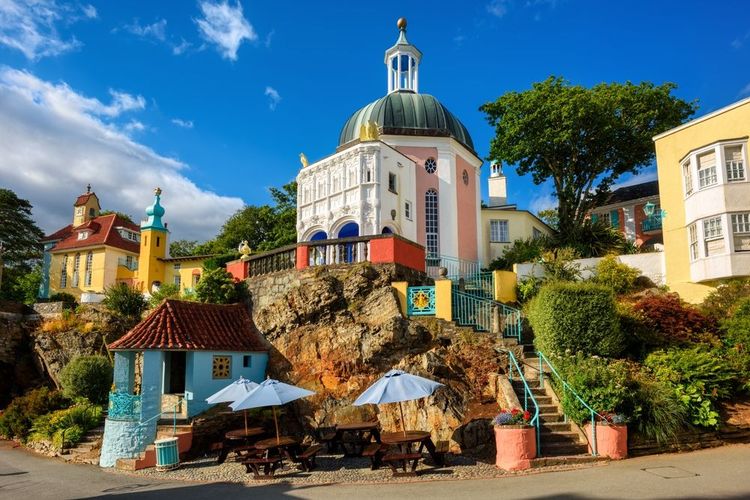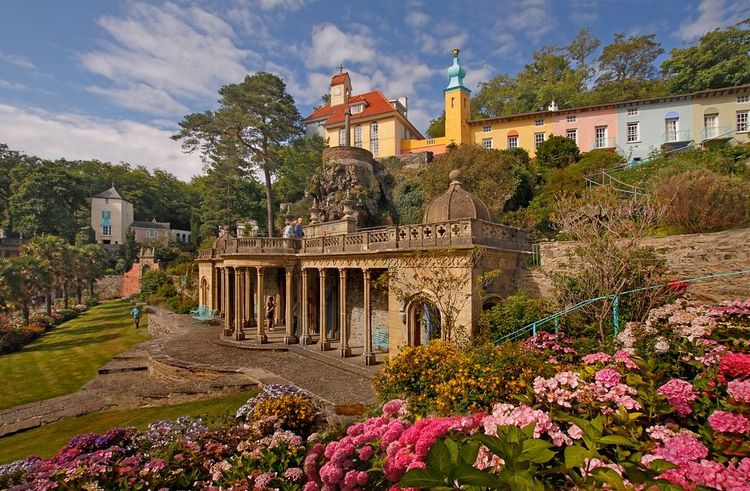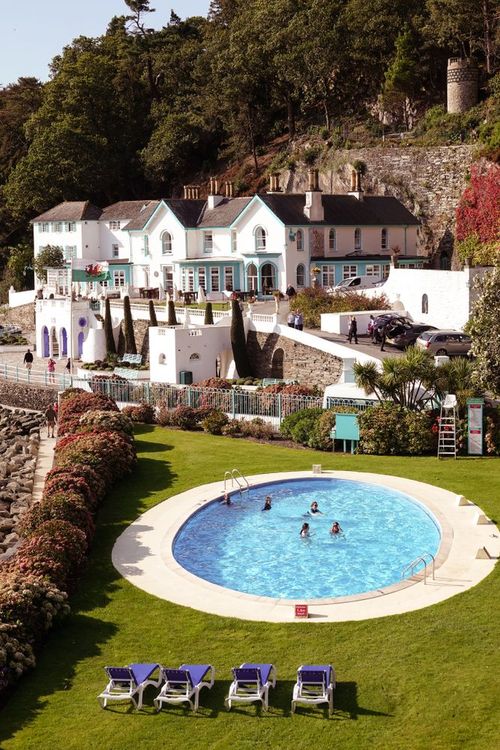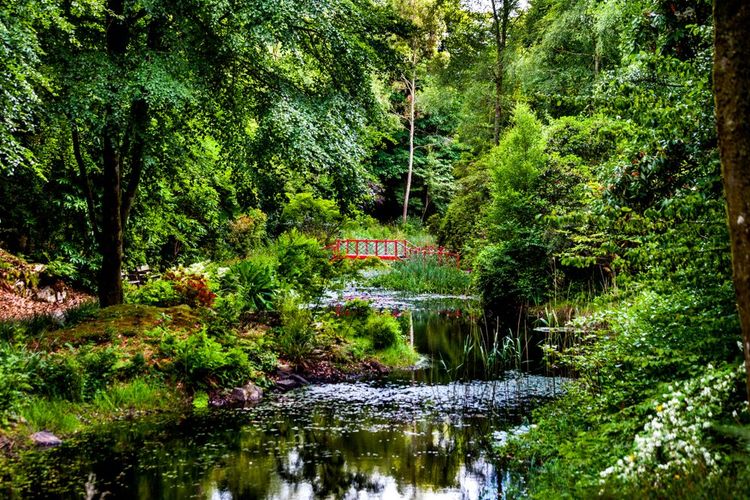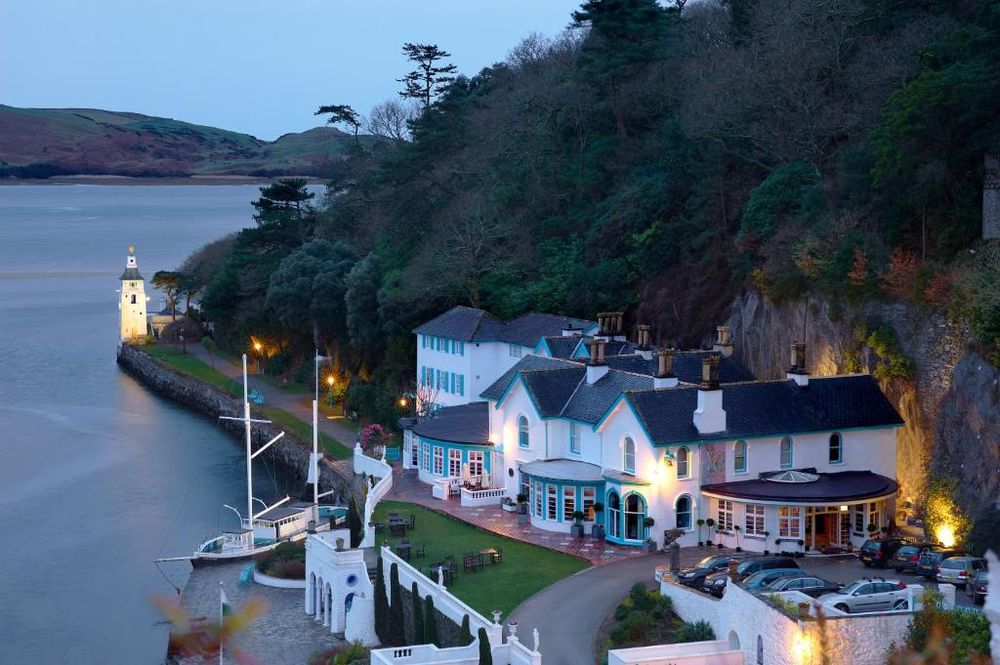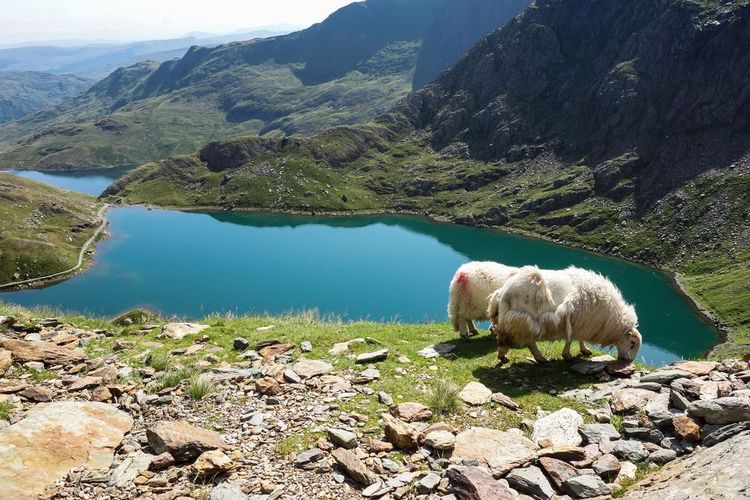Getting there: Free parking is available at Portmeirion; to get there by car, enter postcode LL48 6ER onto your sat-nav device and follow road signs for Portmeirion. The nearest railway station to Portmeirion is Minffordd railway station just a short walk away. It receives trains from Blaenau Ffestiniog, which in turn connects trains to Llandudno Junction which is serviced by a range of national lines, including from Manchester Piccadilly, Manchester Airport, Birmingham International, Cardiff Central, and London Euston. For bus routes, visit the Traveline Wales website here.
Admissions: A standard adult entry ticket is £10 when booked in advance; entry is cheaper if you visit off-season and after 3pm and is guaranteed for free if you are staying at the Portmeirion Hotel. It is recommended that you book in advance during the summer months, when Portmeirion is its busiest. For full prices and details, consult the website here.
Opening times: During the main season which generally last from March to November, Portmeirion is open from 9:30am to 6:30pm every day of the week, although last entry is 5pm. Off-season, Portmeirion opens at 9:30am and closes at 5:30pm, although last entry is 4pm. It is open every day except from Christmas Day and Boxing Day.
When to visit: Portmeirion is often very crowded in the summer months; we recommend you visit during the off season to be able to roam the village uninhabited by the crowds and make the most of its architectural delights.
Accessibility: All areas of Portmeirion Village are accessible by wheelchair or mobility scooter, although there are some steep hills and uneven paths. For full guidance, consult the website here.
